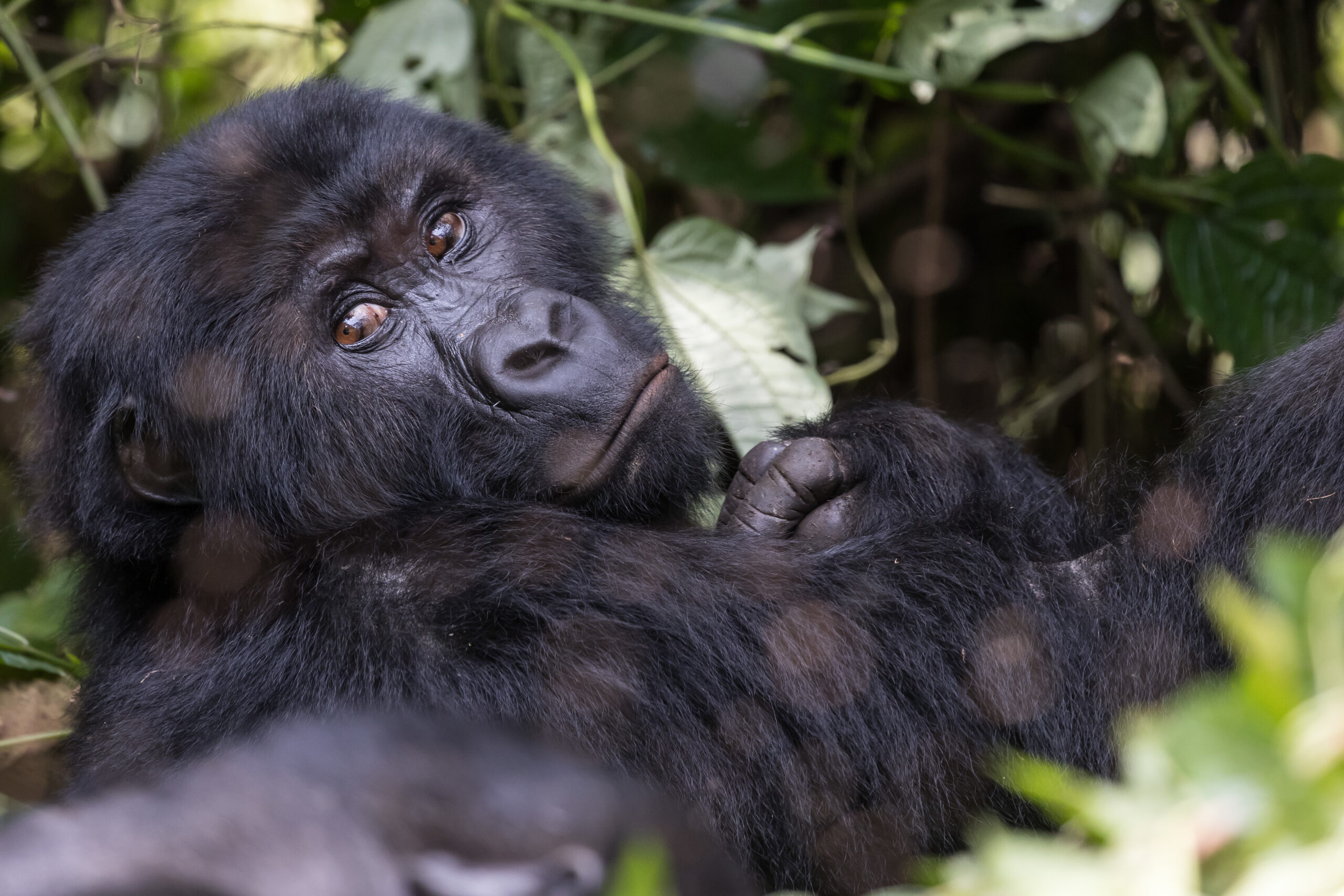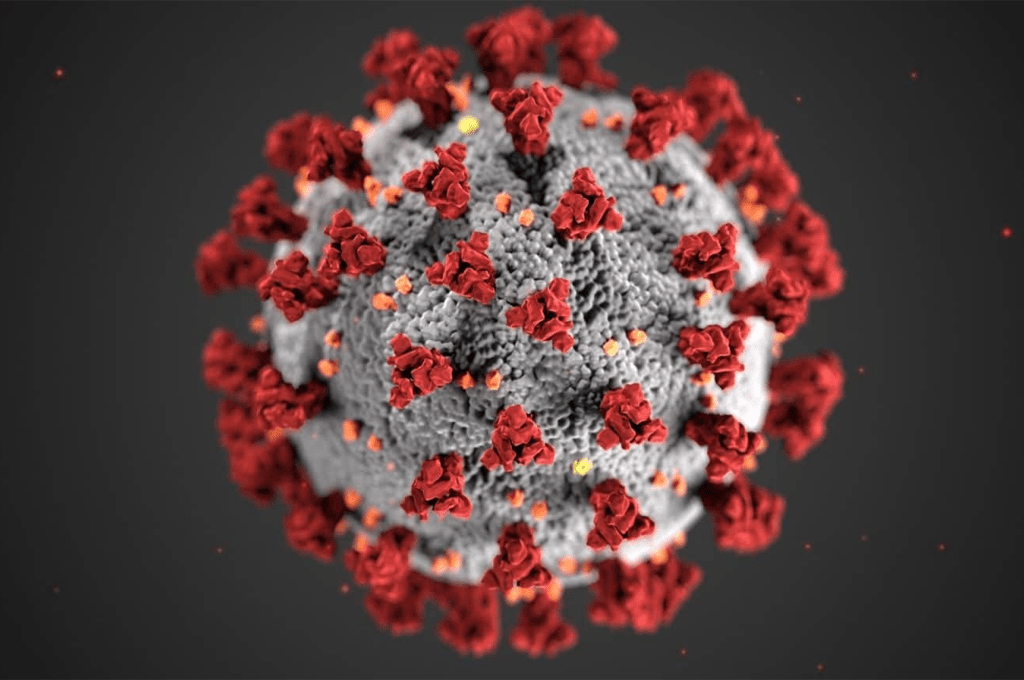Historical genomes reveal recent changes in eastern gorillas’ genetic health

The critically endangered Grauer’s gorilla, found in the Democratic Republic of the Congo, has declined by over 80 % in recent decades due to poaching and habitat destruction. The decline has resulted in harmful mutations and a loss of genetic diversity, according to a new study where historical and modern genomes of the gorilla have been compared.
Many endangered species have experienced severe population declines within the last centuries, and scientists have worried that the declines will result in losses of genetic diversity, increased inbreeding and an accumulation of harmful mutations, which could lead to an even higher risk of extinction. It has, however, been difficult to analyze the issue due to the lack of empirical data on genomic changes related to the declines.
In a new study led by researchers at Uppsala University and the Swedish Museum of National History, genomes from century-old gorilla specimens stored at the museum have been recovered and sequenced. The sequencing was performed by SciLifeLab’s National Genomics Infrastructure (NGI).
By comparing the historical and modern genomes, the researchers found that the species’ population decline has resulted in a decreased genetic variation and increased inbreeding, which most likely makes the gorillas less able to adapt to future changes in their environment. The researchers also identified several mutations, affecting for instance disease resistance, that have increased in frequency as a consequence of the population decline.
“This recent increase in harmful mutations really emphasizes the need to reverse the ongoing population decline in Grauer’s gorillas,” says Love Dalén at the Swedish Museum of Natural History, in a press release from Uppsala University.
More information:
Paper in Current Biology, press release from Uppsala University.




